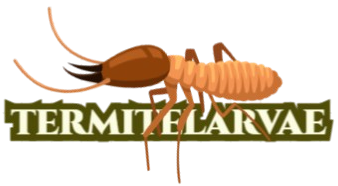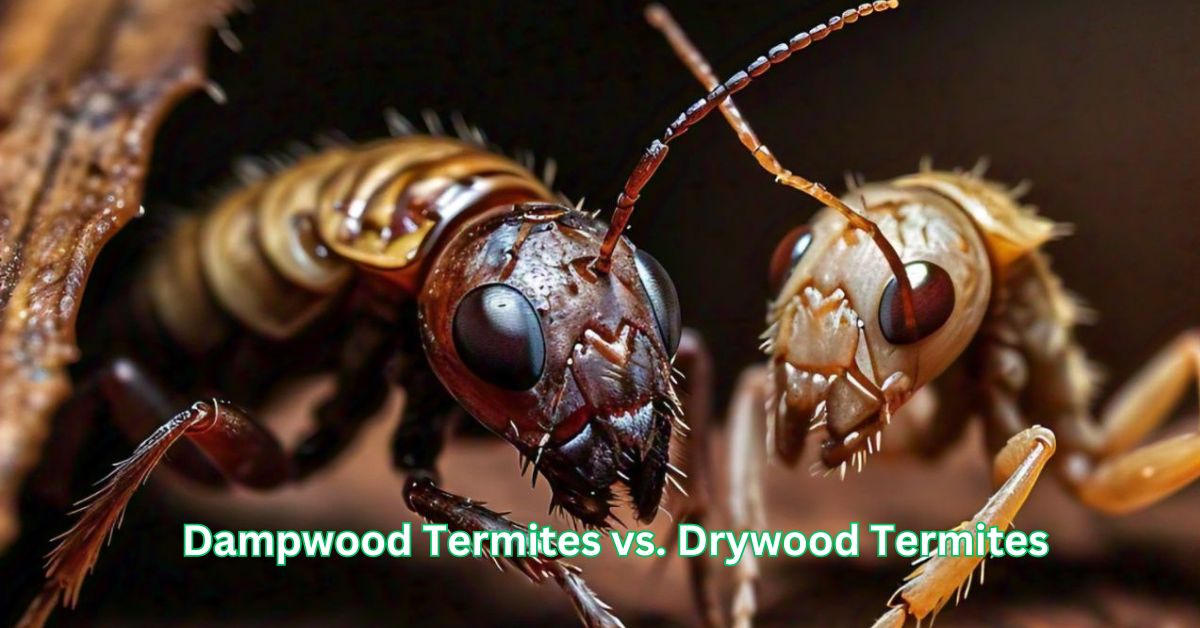Termites are a homeowner’s packing nightmares; they eat away structures worth billion of dollars every year. It is worthy to note that all members of the termite family are a menace to human societies depending on the type of food they prefer; dampwood termites or dry wood termites. Realizing such differences would enable one to efficiently deal with any infestations that might be present. In this article, the focus will be placed on the dampwood and drywood termites and the differences between them, their habits, and antipsychotic measures.
Dampwood Termites
– Moisture-loving: Dampwood termites are often found in humid, and decomposing wood containing more moisture.
– Large colonies: They organize themselves in large groups with definite castes.
– No soil contact: Differently to other kinds of termite species dampwood termites do not require any contact with the soil.
– Found in: Down wood, stump and standing dead trees.
Drywood Termites
– Dry wood preference: Drywood termites feed on dry, sound wood therefore they do not require water or moisture to aid them in breaking down the wood.
– Smaller colonies: They form smaller colonies with a more simple social system.
– No moisture requirement: Drywood termites require no kind of moisture to exist.
– Found in: Timber such as structural timber, furniture timber, and den branches.
Key Differences
– Moisture requirements: Dampwood termites require a high moisture content while on the other hand drywood termites require no moisture.
– Colony size: Dampwood termites are more populous compared to dry wood termites, or rather their colonies are much bigger.
– Wood preference: Luckily, the two most common kinds of termites, the dampwood termites and the dry wood termites only invade the decaying and the dry woods respectively.
Prevention Strategies
– Reduce moisture: This include; repair of leaking roofs and windows, increasing the rate of air circulation and use of dehumidifiers.
– Remove decaying wood: Remove dead and rotting wood, logs, and snags.
– Use termite-resistant materials: Select the termite-resistant wood and other material for the building construction.
– Regular inspections: For termite, get a professional pest control expert to inspect your house once in a year.
Conclusion
The review of the characteristics of the damper and dry wood termites will assist in eradicating them correctly. To prevent these pests, there are simple procedures that can be easily undertaken, these are; decreasing in the amount of moisture around the house, ensuring that any rotten wood in the house is removed and replacing wooden structures with those resistant to termites.

